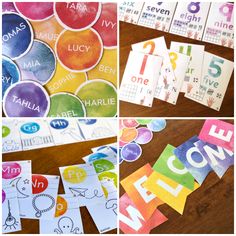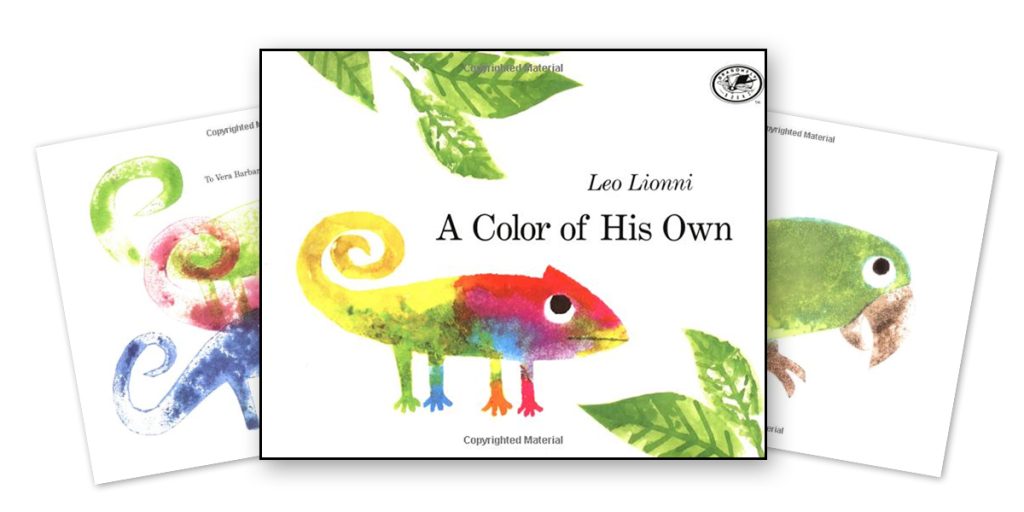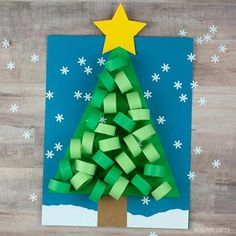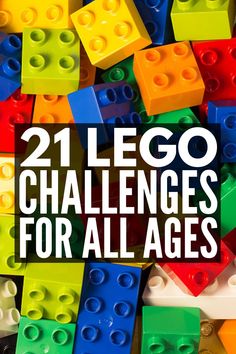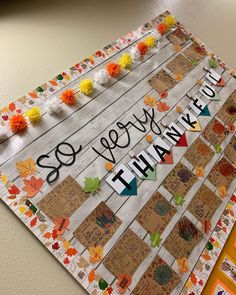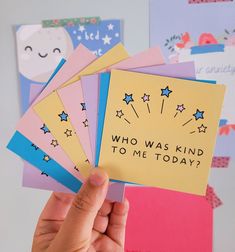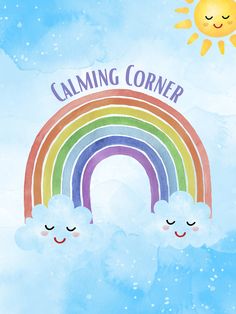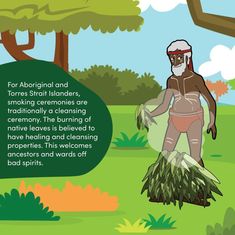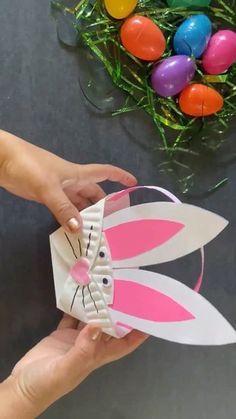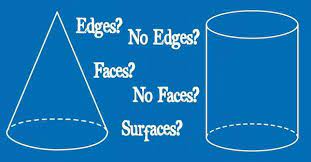Thanksgiving is a heartwarming holiday cherished by many, particularly within the educational system where it presents an opportunity for teachers to encourage creativity and celebrate gratitude. Engaging students with Thanksgiving-themed bulletin boards not only spices up the classroom décor but also serves as a medium to teach about history, culture, and the importance of giving thanks. Here are over 24 bulletin board ideas that will inspire teachers to bring the spirit of Thanksgiving into their classrooms:
1.Thankful Turkey Feathers: Each student writes what they’re thankful for on a feather cutout, then all feathers are added to a large turkey display.
2.Harvest of Gratitude: A cornucopia filled with notes from students sharing what they appreciate most.
3.Pilgrim’s Progress: A story-themed board tracking the Pilgrims’ journey to the New World, complete with student-created ships and Mayflower replicas.
4.Interactive Thankful Tree: A tree where students can attach leaves filled out with grateful thoughts throughout November.
5.Cornucopia of Compliments: Where each student gives a compliment to another, and they’re collected in a decorative cornucopia.
6.Turkey Disguise Project: Students creatively decorate turkeys to help them “escape” before Thanksgiving Day.
7.Autumn Poetry Corner: A space for showcasing student-written poems about fall and thankfulness.
8.Seasonal Book Nook: Displaying popular Thanksgiving children’s books, or student-made stories.
9.’Gobble Up Good Books’: A reading challenge board themed around Thanksgiving titles or motifs like turkeys or pilgrims.
10.Historical Harvest: Including facts about the First Thanksgiving, Native American culture, and harvest traditions.
11.Classroom Recipe Book: Share favorite family Thanksgiving recipes on a festive board decorated with cooking and harvest imagery.
12.Cultural Celebration Board: Highlighting different ways communities within the U.S. and around the world celebrate harvest festivals.
13.Chain of Thanks: Creating paper chains where each link represents something a student is thankful for – watch it grow!
14.Turkey Trot Hall of Fame: Tracking classroom physical fitness goals with a turkey racing theme.
15.Kindness as Easy as Pie: Spotlight acts of kindness in class by filling a pie chart with examples from students.
16.The Giving Tree: Inspired by Shel Silverstein’s book, showcasing ways students can give back during the season.
17.Fall Fitness Challenge: Encourage healthy habits with challenges illustrated with festive icons like pumpkins or fall leaves.
18.The Great Thank You Note Challenge: Motivating kids to write thank you notes for people in their lives, displayed upon completion.
19.The Wampanoag Way: Teaching about Thanksgiving from the perspective of the Wampanoag tribe with informative displays created by students.
20.Be-leaf in Thanks Journal Board: Where students ski, journal entries or pictures focused on thankfulness, nestled among fall leaves decorations.
21.Grateful Graphs: Integrate math by graphing things like favorite Thanksgiving dishes or seasonal activities voted on by students.
22.’Stuff’ed With Love’: Focusing on community service initiatives such as food drives shown through an overflowing stuffed turkey graphic.
23.Our Global Celebration Pantry: Representing international foods and stories relating to harvest from students’ diverse backgrounds on cabinet-like visuals.
25.‘Count Your Blessings’: Novelty countdown until Thanksgiving where students can fill out numbered feathers saying what they’re thankful each day leading up to the holiday.
Constructing one or more of these bulletin boards can be both an entertaining and meaningful activity that gets everyone involved in reflecting on gratitude and learning more about this festive season while enhancing classroom teamwork and community spirit.
